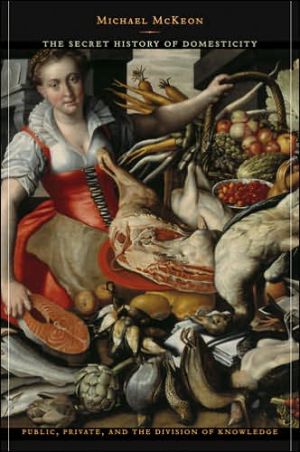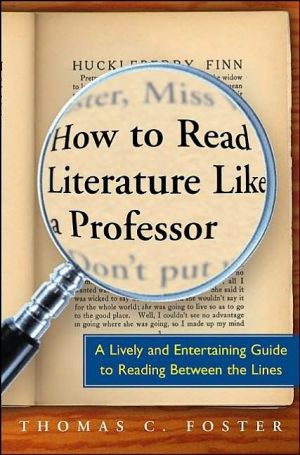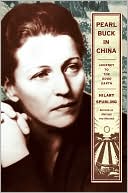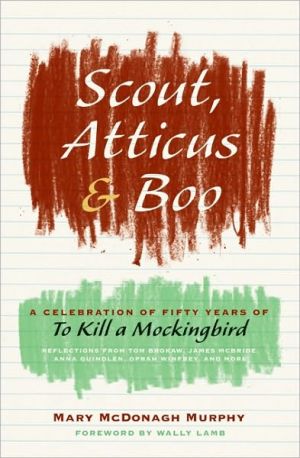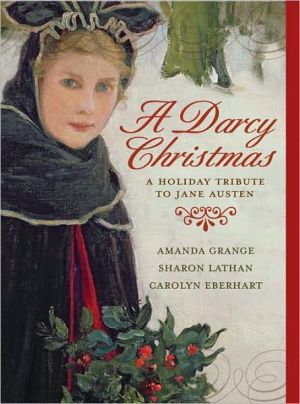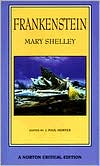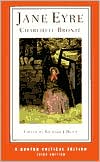The Secret History of Domesticity: Public, Private, and the Division of Knowledge
Taking English culture as its representative sample, The Secret History of Domesticity asks how the modern notion of the public-private relation emerged in the seventeenth and eighteenth centuries. Treating that relation as a crucial instance of the modern division of knowledge, Michael McKeon narrates its pre-history along with that of its essential component, domesticity.\ This narrative draws upon the entire spectrum of English people's experience. At the most "public" extreme are...
Search in google:
Taking English culture as its representative sample, The Secret History of Domesticity asks how the modern notion of the public-private relation emerged in the seventeenth and eighteenth centuries. Treating that relation as a crucial instance of the modern division of knowledge, Michael McKeon narrates its prehistory along with that of its essential component, domesticity.The New YorkerThis colossal study, nearly nine hundred pages long, by the author of the influential “The Origins of the English Novel,” attempts to show how, in English culture of the seventeenth and eighteenth centuries, the relationship of public and private, once a tacit distinction, became an explicit and acknowledged separation. McKeon’s division between “distinction” and “separation” may seem arbitrary, but the strength of the book lies in the wealth of historical, literary, and pictorial examples that evoke the texture of domesticity, from bedchambers to bigamy. McKeon’s vigorous command of detail, evinced in passages on subjects like the dangers of hoopskirts and the origin of the cookbook, is sometimes obscured by a love of abstraction. The book is most successful when least general, and its final third—an engaging and briskly paced analysis of “secret histories,” romans à clef, and the domestic novel—could perhaps have been published as a separate volume.
List of Illustrations xiAcknowledgments xvIntroduction xviiThe Division of Knowledge xviiThe Public and the Private xixDomesticity xxForm and Spatial Representability xxiQuestions of Method xxiiiThe Age of SeparationsThe Devolution of Absolutism 3State and Civil Society 3From Tacit to Explicit 5Polis and Oikos 7The State and the Family 11Absolute Private Property 16Interest and the Public Interest 18Civic Humanism or Capitalist Ideology? 24From the Marketplace to the Market 26The Protestant Separation 33Conscientious Privacy and the Closet of Devotion 39What Is the Public Sphere? 43Publishing the Private 49The Plasticity of Print 49Scribal Publication 55Print, Property, and the Public Interest 56Print Legislation and Copyright 60Knowledge and Secrecy 64Public Opinion 67What Was the Public Sphere? 70Publicness through Virtuality 76Publication and Personality 83Anonymity and Responsibility 88Libel versus Satire 95Characters, Authors, Readers 99Particulars and Generals 106Actual and Concrete Particularity 108From State as Family to Family as State 110State as Family 112Family as State 120Coming Together 122Being Together 134Putting Asunder 143Tory Feminism and the Devolution of Absolutism 147Privacy and Pastoral 156Outside and Inside Work 162The Domestic Economy and Cottage Industry 170The Economic Basis of Separate Spheres 177Housewife as Governor 181The Whore's Labor 194The Whores Rhetorick 205Subdividing Inside Spaces 212Separating Out "Science" 212The Royal Household 219Cabinet and Closet 225Secrets and the Secretary 228Noble and Gentle Households 232The Curtain Lecture 242Households of the Middling Sort 252Where the Poor Should Live 259Sex and Book Sex 269Sex 272Aristotle's Master-piece 277Onania 285Book Sex 294Protopornography: Sex and Religion 301Protopornography: Sex and Politics 303The Law of Obscene Libel 312Domestication as FormMotives for Domestication 323The Productivity of the Division of Knowledge 323Domestication as Hermeneutics 327Domestication as Pedagogy 337Disembedding Epistemology from Social Status 342Scientific Disinterestedness 347Civic Disinterestedness 353Aesthetic Disinterestedness 357Mixed Genres 388Tragicomedy 389Romance 394Mock Epic 400Pastoral 414Christ in the House of Martha and Mary 423Figures of Domestication 436Narrative Concentration 437Narrative Concretization 447Secret HistoriesThe Narration of Public Crisis 469What Is a Secret History? 469Sidney and Barclay 473Opening the King's Cabinet 482Opening the Queen's Closet 486Scudery 487Women and Romance 491The King Out of Power 492The King In Power 494The Secret of the Black Box 499The Secret of The Holy War 503Behn's Love-Letters 506Love versus War? 507Love versus Friendship 513Fathers versus Children 517Effeminacy and the Public Wife 519Gender without Sex 524From Epistolary to Third Person 530From Female Duplicity to Female Interiority 536Love-Letters and Pornography 540Toward the Narration of Private Life 547The Secret of the Warming Pan 549The Private Lives of William, Mary, and Anne 557The Privatization of the Secret History 565The Strange Case of Beau Wilson 569Secret History as Autobiography 588Preface on Congreve 588Manley's New Atalantis 589Manley's Rivella 598Postscript on Pope 615Secret History as Novel 621Defoe and Swift 623Jane Barker and Mary Hearne 627Haywood's Secret Histories 631Richardson's Pamela 639Variations on the Domestic Novel 660Fanny Hill 660Tristram Shandy 672Humphry Clinker 680Pride and Prejudice 692Notes 719Index 841
\ Eighteenth-Century FictionMcKeon's scholarship is commanding, his erudition staggering, his systematic rigour and intellectual control steady and sure.\ — John Richetti\ \ \ \ \ \ Eighteenth-Century LifeI have assigned this book to graduate students... Accounting for most of what has gone on in the last thirty years of scholarship in its dynamic synthesis, The Secret History of Domesticity lays the groundwork for new inquiry into eighteenth-century life. As a reader, as a scholar, and as a teacher, I am grateful for it.\ — Erin Mackie\ \ \ \ Christianity and LiteratureA gift to all teachers and scholars of the British novel.\ — Cheri L. Larsen Hoeckley\ \ \ \ \ \ New YorkerThe strength of the book lies in the wealth of historical, literary, and pictorial examples that evoke the texture of domesticity, from bedchambers to bigamy.\ \ \ \ \ Times Literary SupplementIts central argument is wonderfully simple... McKeon will set new agendas in the understanding of the early modern to modern eras.\ — Brean S. Hammond\ \ \ \ \ \ Studies in English LiteratureThe scholarship is breathtaking and the intellectual analysis rigorous.\ — Cynthia Wall\ \ \ \ \ \ ChoiceThose in the fields of 17th- and 18th-century cultural studies will find this book fascinating.\ \ \ \ \ ScriblerianWhat defines The Secret History is its elegant waving of thousands of facts, prints, quotations, dates, events and characters.\ — Dwight Codr\ \ \ \ \ \ The New YorkerThis colossal study, nearly nine hundred pages long, by the author of the influential “The Origins of the English Novel,” attempts to show how, in English culture of the seventeenth and eighteenth centuries, the relationship of public and private, once a tacit distinction, became an explicit and acknowledged separation. McKeon’s division between “distinction” and “separation” may seem arbitrary, but the strength of the book lies in the wealth of historical, literary, and pictorial examples that evoke the texture of domesticity, from bedchambers to bigamy. McKeon’s vigorous command of detail, evinced in passages on subjects like the dangers of hoopskirts and the origin of the cookbook, is sometimes obscured by a love of abstraction. The book is most successful when least general, and its final third—an engaging and briskly paced analysis of “secret histories,” romans à clef, and the domestic novel—could perhaps have been published as a separate volume.\ \
